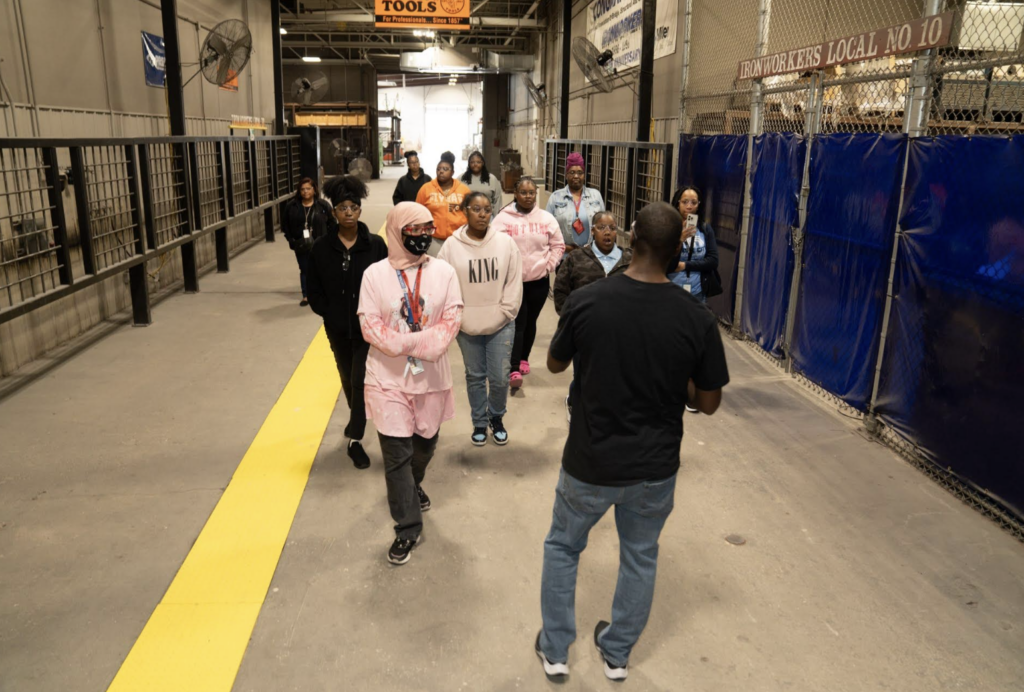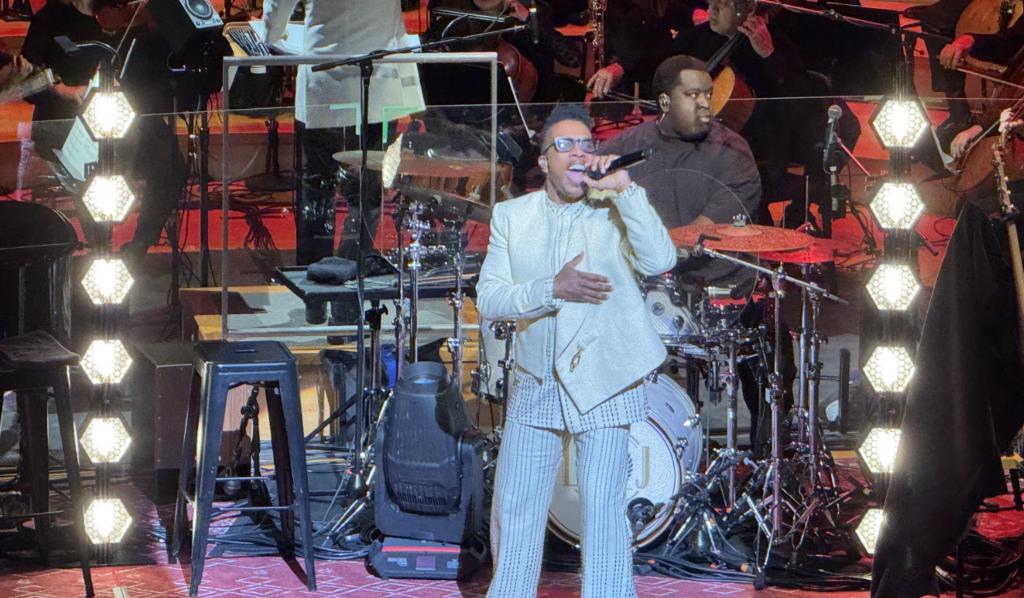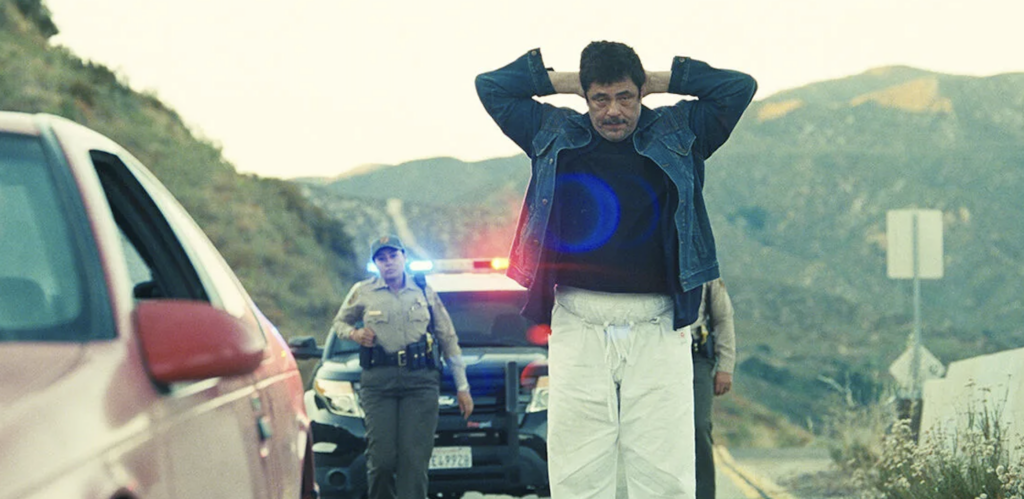Nick Cave and 20,000 Days on Earth kick against the flicks with a convention-defying doc


It’s squid or it’s eel, the sea beast prepared by Warren Ellis to share with his bandmate Nick Cave over lunch in 20,000 Days on Earth. A few months have gone by since I saw Iain Forsyth and Jane Pollard’s shape-shifting documentary on Cave — one of the year’s best movies, regardless of category — but I remember thinking, about the star and his persona and about what he’s eating as he and Ellis share a wickedly amusing conversation that’s both artfully staged and sincerely fraternal: slither, slither.
The supremely self-styled Cave — lounge-punk poet, Old Testament devotee, wry chronicler of blood and lust and bloodlust — was unlikely to sit still for any documentarian. But in Forsyth and Pollard’s lens, working under a scaffold he has built with them (Cave and the couple are credited as the film’s writers; see Dan Lybarger’s interview with the filmmakers, this section), he wiggles from one scene to the next, curiously trying on a closetful of old outfits, amused at how much still fits. The long coat of addiction, the garments stained by love, the new suit of contented fatherhood.
The narrative conceit is that we are joining Cave for Day No. 20,000 of his life. It’s a long 24 hours, if we take this loose gag at face value. Fifty-six years old as the production follows him, he lets an analyst probe for old hurts; visits a literal storehouse of his own creative flotsam, where the handlers wear linen gloves; reminisces with songwriting partner Ellis at the latter’s home; and conducts moody improvisations with his band, the Bad Seeds. The movie’s day is one bookended by a languorous rise and reluctant departure from the marital bed he shares with model Susie Bick and a spine-tingling, orchestra- and choir-swollen gig at the Sydney Opera House. It’s a long day to hold the outsized life of the cult figure’s cult figure.
Not that 20,000 Days succumbs to the hoary notion of the soulful artist containing multitudes greater than the multitudes inside those he reaches. From those conservators’ gloves to the Viagra montage of hetero-sex symbology that accompanies Cave’s recollection of his life-changing first glimpse of Bick to that fan-fiction-ready lunch (a witty vision of precisely the Masonic bond we wish were at the center of any great musical partnership — one likely far from the average Jagger-Richards confab), the movie gives equal play to serious creation and the creation of “seriousness.” Does Cave really unspool his murder ballads and sensual flights at a manual typewriter, wearing an expensive suit, surrounded by infinite pop-cultural detritus? Maybe. Is this, rather than a vérité account of airports and backstage rows, the way we prefer to picture Cave? Yes. Does this movie convince us that, whatever combination Cave is of the real and the manufactured, he is profoundly gifted? Absolutely.
And the Cave of 20,000 Days, in the film’s sliest touch, also prefers to keep company with myths. So his friend the warmly domestic Ellis is no more corporeal than the drily philosophical Ray Winstone who rides along with Cave on a rainy drive through Brighton. But he’s no less real than the lightly glamorous version of Kylie Minogue, who takes her own turn as a confessional specter. We’re touring the psychic antechambers of a character whom Cave invented, in part, as a rock-god burlesque. The people to whom he and this movie introduce us, including Cave himself, are projections — projections who are in on a brilliant joke many, many days in the making.




